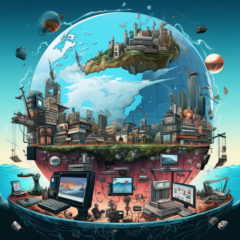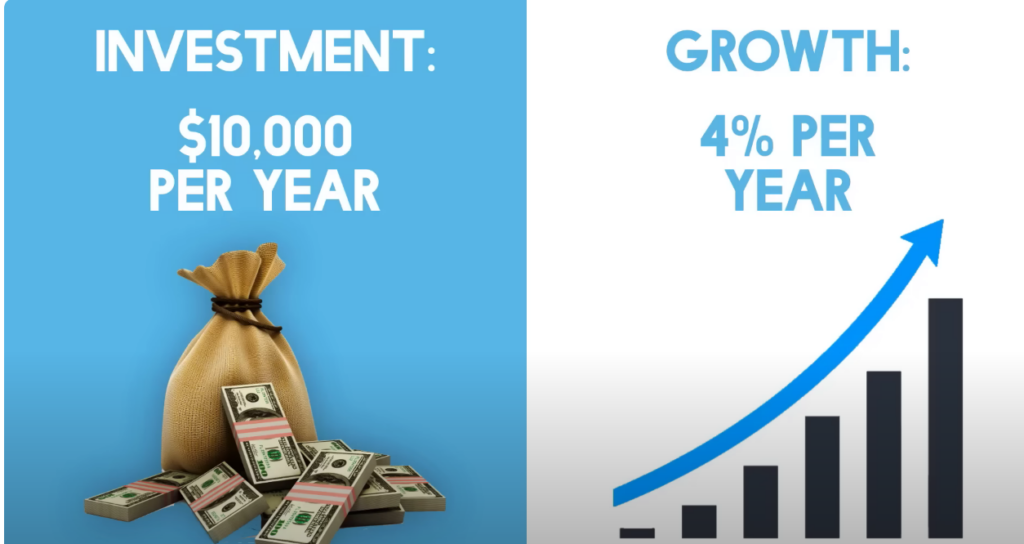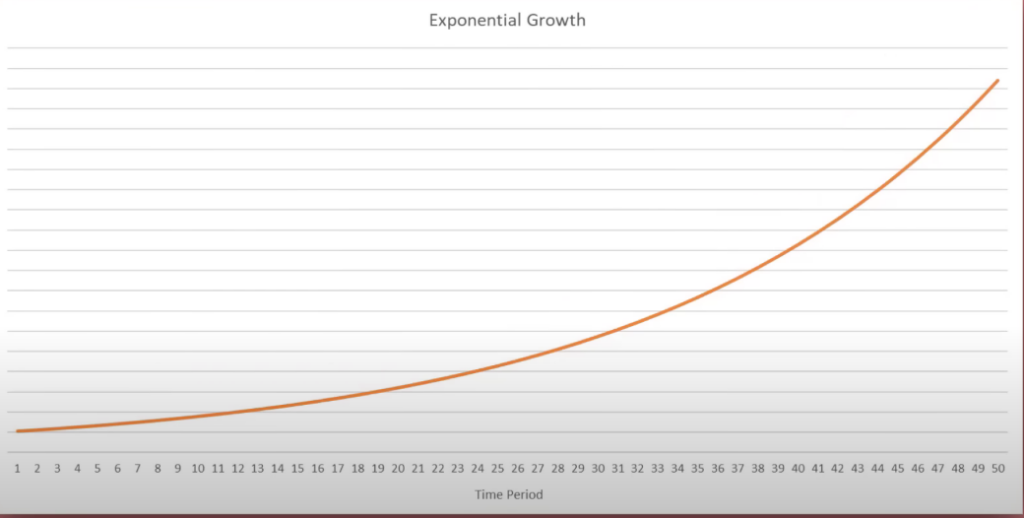
Introduction
In the modern world, the structure of workdays can often feel monotonous and draining. One powerful tool to combat this lethargy and infuse vigor into your workday is by establishing mindful routines. Routines can act as a scaffold, providing a sense of order and intentionality, which can lead to enhanced productivity and satisfaction. This article elucidates three pivotal takeaways regarding the formulation of effective routines to revitalize your workday.
The Warning
Creating routines can indeed be a double-edged sword. While they offer structure, predictability, and can lead to enhanced productivity, there are also potential downsides if not thoughtfully implemented or if taken to an extreme.
While routines are instrumental in fostering order and efficiency, they can also harbour a downside if not balanced with flexibility.
They may breed monotony, stifling creativity and engendering a resistance to change, which could be detrimental in dynamic or unexpected situations.
Over-reliance on routines can lead to an overly rigid schedule, causing individuals to miss out on spontaneous opportunities or new experiences.
Furthermore, the quest for a structured day could segue into overwork, potentially culminating in burnout. Routines might also discourage stepping out of one’s comfort zone, fostering a sense of complacency and hindering personal or professional growth.
Lastly, imposed routines without regard for individual preferences can lead to depersonalization, stripping the workday of a personalized touch. Hence, while crafting routines, it’s imperative to inject a dose of flexibility, ensuring they serve as a scaffold rather than a cage.
Start your Day right
The manner in which you commence your day sets the tone for the hours that follow. Creating a morning routine that embodies a mix of mindfulness and energizing activities can be transformative.
- Action: Dedicate the first hour of your morning to a blend of meditation, a nutritious breakfast, and a brief exercise routine. This combination can help to wake up both your mind and body, preparing you for the tasks ahead.
Prioritize and Schedule
A well-thought-out routine includes a list of prioritized tasks and a schedule that allocates time to each task judiciously. This helps in managing time effectively and ensuring that important tasks do not fall by the wayside.
- Action: Every evening, draft a list of the following day’s tasks, prioritize them based on urgency and importance, and allocate specific time slots for each. Utilize digital tools like task management apps to keep you on track.
Incorporate Breaks
An incessant work routine can lead to burnout. It’s imperative to incorporate short breaks to rest, rejuvenate, and regain focus.
- Action: Every 90 minutes, take a short break for about 5 to 10 minutes. Use this time to stretch, take a walk, or engage in an activity that diverts your mind from work. This practice can enhance your concentration and productivity when you return to your tasks.
Conclusion
Revitalizing your workday through well-structured routines is a pragmatic approach to enhancing productivity and overall work satisfaction. By commencing your day on a positive note, prioritizing tasks, scheduling judiciously, and incorporating regular breaks, you lay down a sturdy foundation for a fruitful and enjoyable workday.
The actions recommended herein are simple yet impactful steps towards achieving a balanced and invigorated workday.















